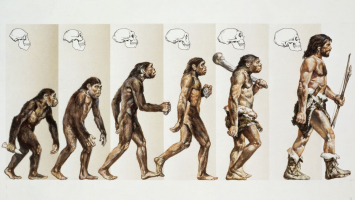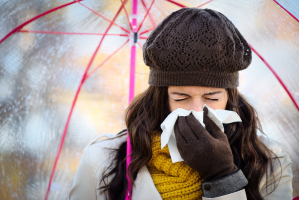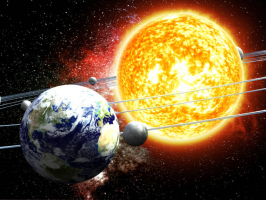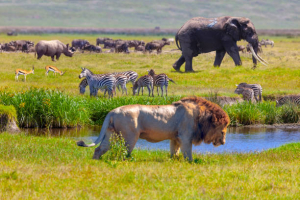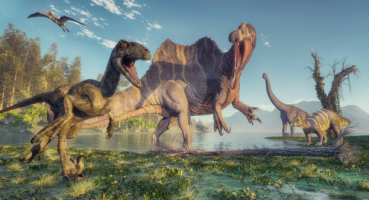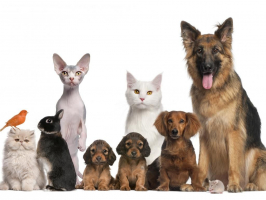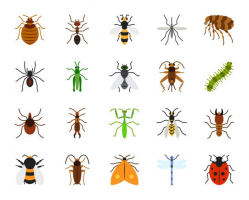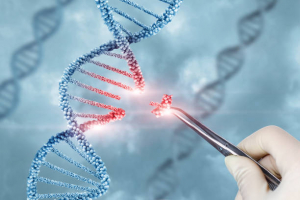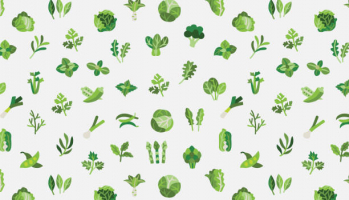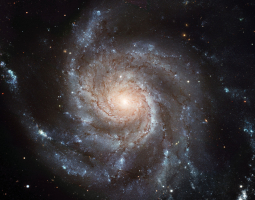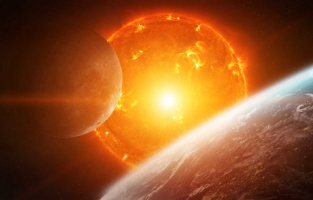Top 15 Questions About How the Human Body Works Answered
The human body is the physical structure of a person. It is made up of several distinct types of cells that work together to form tissues and, eventually, ... read more...organ systems. They maintain the human body's balance and vitality. It has a head, hair, neck, trunk (including the thorax and belly), arms and hands, legs, and feet. Anatomy, physiology, histology, and embryology are all part of the study of the human body. Anatomically, the body differs in predictable ways. There are also numerous questions about how the human body operates, which we will explore now.
-
Blood is made up of cells and plasma. Red blood cells, white blood cells, and platelets are among the cells. Red blood cells transport oxygen from the lungs and are responsible for the blood's red hue. Infections are combated by white blood cells. Platelets aid in the formation of clots, which halt bleeding in the event of a wound. All of these cells float in the largely water-based liquid plasma. To combat infection, plasma also includes nutrients, electrolytes, hormones, and protein antibodies. The volume of blood in a human body varies according to age, gender, overall health, and even where a person lives. Men, for example, have more blood than women of equivalent size and weight.
People who live at high elevations may have up to two liters more blood than those who live at lower altitudes. Because the air at higher elevations contains less oxygen, individuals who live there require more blood to provide the proper quantity of oxygen to their lungs. Scientists believe that the amount of blood in a human body is about 7% of body weight. An typical adult body weighing 150 to 180 pounds has 4.7 to 5.5 liters (1.2 to 1.5 gallons) of blood. A youngster with an average body weight of 80 pounds will have around half the blood of an adult.
Blood serves several important roles in the body. It carries nutrients and oxygen to the cells of the body. It also removes waste from those cells. Blood also transports hormones and substances throughout the body. You might be shocked to find that blood also plays an important part in body temperature regulation. When your body heats up, blood helps maintain a stable temperature by carrying excess heat to the skin, where it may be expelled. Blood, as part of the immune system, aids in the battle against illness. When you scratch your knee in the park, the platelets in your blood begin to coagulate to halt the bleeding. This self-healing process avoids additional blood loss, which might be lethal in severe situations of bleeding.
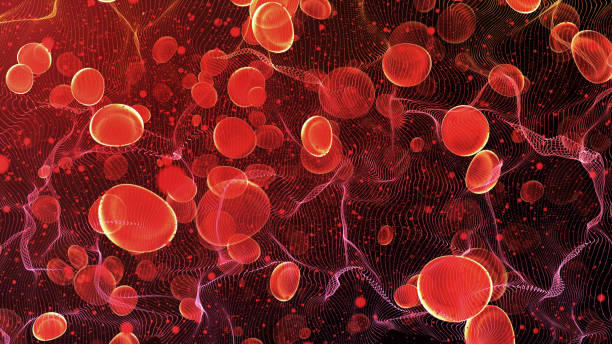
istockphoto 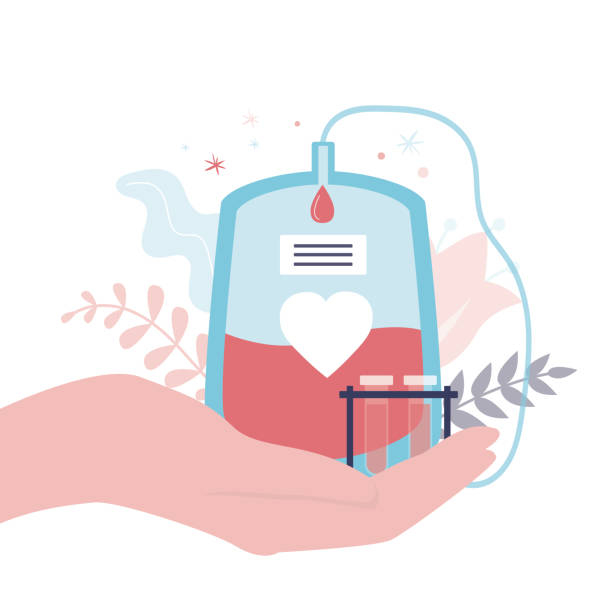
istockphoto -
Red blood cells are the most prevalent form of blood cell and are in charge of transporting oxygen from the lungs to the tissues of the body. A nutritious diet rich in key minerals and vitamins helps provide an appropriate quantity of red blood cells. White blood cells, platelets, and plasma are all key components of the blood. Iron is a mineral found in food that is necessary for human health. Vegetarians should exercise caution when it comes to iron consumption.
Plasma is a bright yellow fluid liquid that makes up more than half of your blood. Plasma includes nutrients and trash, as well as chemicals and substances required for clotting, or closing a cut before too much blood escapes. The remaining blood is made up of microscopic cells. The majority are red blood cells, which deliver oxygen throughout your body and transport the waste gas carbon dioxide from your lungs. White blood cells, which defend you from illness by fighting and killing disease-causing microorganisms that enter your body, are the surviving cells. The smallest cells in your body are red blood cells.
What they lack in size, they make up for in quantity: 5 million red blood cells may be found in a drop of blood the size of the head of a pin. 10,000 white blood cells and 250,000 platelets, little ovals of substance that cluster whenever a blood artery is broken to seal the hole and help form a clot, are also present in the same drop.
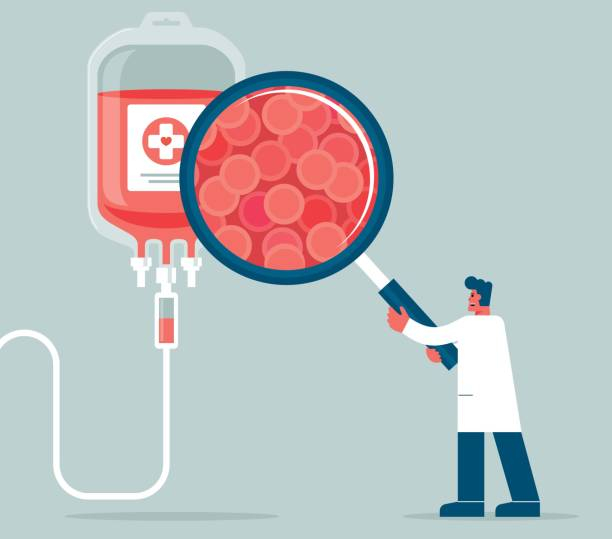
istockphoto 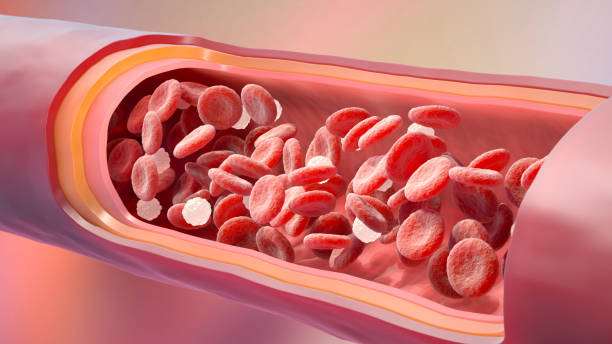
istockphoto -
As the juvenile red blood cell matures and becomes an adult in the bone marrow, it loses its nucleus and increases its hemoglobin synthesis. Hemoglobin is the red pigment that gives blood its color. It is made up of iron and protein. (Oxygen mixed with iron is red; the more oxygen bonded to iron, the more red it is.) When blood flows through the lungs, oxygen binds to hemoglobin in red blood cells. The oxygen is then carried by red blood cells through the arteries and capillaries to all other cells in the body.
Because the iron in the blood gives up its oxygen to the cells that require it as the red blood cells travel throughout the body, the arteries appear reddish. When the blood returns to the heart and subsequently to the lungs, it contains less than half as much oxygen as it had before. As a result, the veins do not receive as much oxygen as the other tissues and appear bluish.
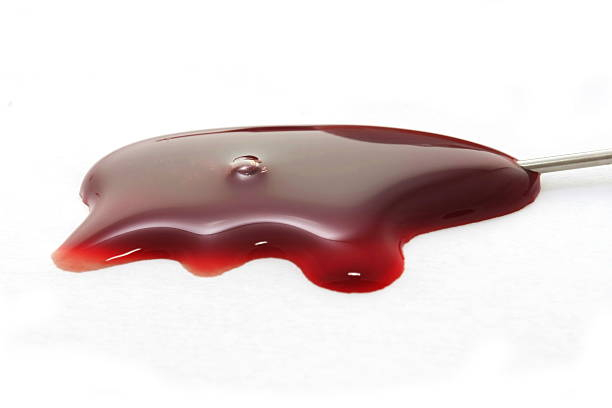
istockphoto 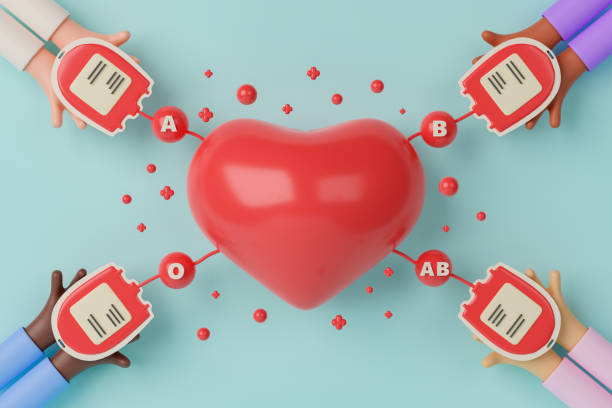
istockphoto -
The brain is the command center of the body; it controls and processes everything people do—eating, talking, walking, thinking, remembering, and sleeping. The brain, being the most complicated organ in the human body, informs us what's happening on outside the bodies (for example, whether we're chilly or hot, or if the person approaching us is a friend or a stranger) as well as what's going on within our bodies (whether people have an infection or a broken bone, or whether people feel happy or sad). The brain, which is the key to the body's neurological system, comprises between 10 billion and 100 billion nerve cells, or neurons.
Neurons join to produce the body's nerves, which are tiny cords that run from head to toe and everywhere in between. Neurons receive and transmit electrical signals known as impulses, which govern and respond to everything your body does and experiences. The brain is like an extremely busy, high-speed post office, continuously receiving and delivering letters; it processes millions of nerve impulses each second.
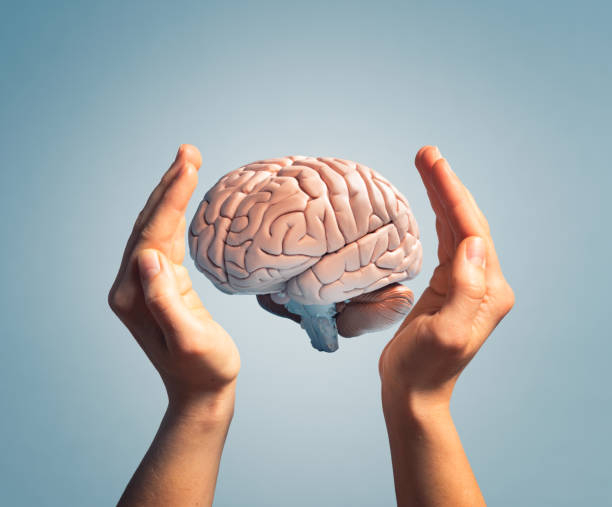
istockphoto 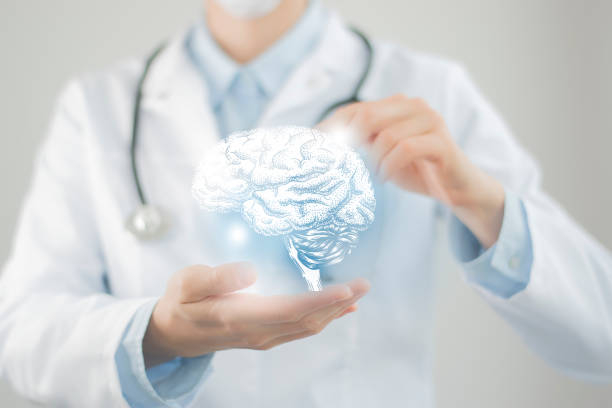
istockphoto -
The human brain is not just one of the most vital organs in the human body; it is also the most complicated. The brain is made up of billions of neurons, as well as a variety of specialized components that each perform critical roles. While researchers still don't know much about the brain, they have learnt a lot about its architecture and function. Understanding these components can help individuals understand how sickness and injury can influence the brain and its capacity to operate.
The cerebrum, cerebellum, and brainstem are the three major components of the human brain. The cerebrum is the brain's biggest structure (about 85 percent of its total weight). It is in charge of emotions, cognition, memory, and speech. It is split into right and left halves, known as hemispheres, and each side is further divided into portions known as lobes. Its thick outer layer, known as the cortex, is formed of gray matter tissue. The cerebellum regulates motions that we don't typically think about: it helps us walk erect and straight, it keeps us balanced so we don't fall over, and it provides us coordination. The brainstem connects the brain with the spinal cord. It controls our body’s vital processes, such as breathing, digestion, and heart rate.
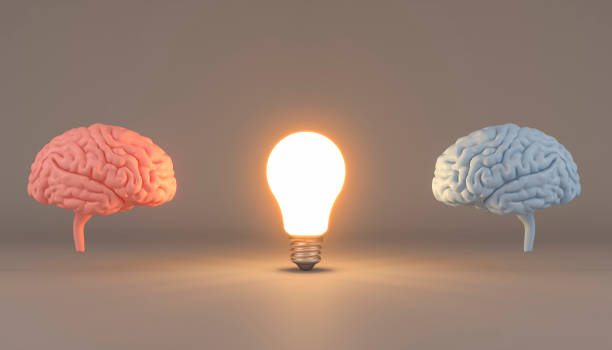
istockphoto 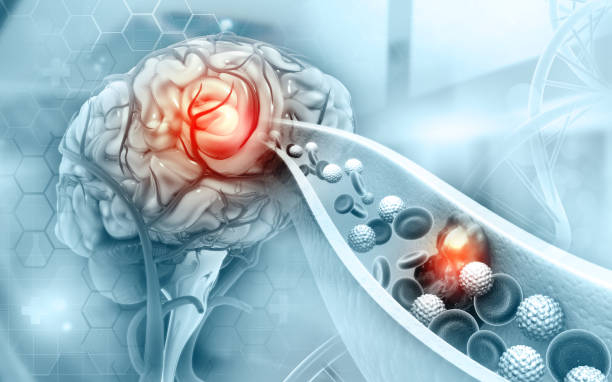
istockphoto -
Measuring your heart rate is a simple technique to assess your health since it gives a real-time snapshot of the function of your heart muscle. A typical resting heart rate (the number of heartbeats per minute while at rest) for most persons is between 60 and 100 beats per minute. A normal heart rate might differ from one individual to the next. An extremely high or low resting heart rate, on the other hand, might be a symptom of problems.
Doctors determine heart rate—the number of cardiac contractions (or heartbeats) in one minute—by checking a person's pulse or listening to the heart using a stethoscope. Your heart rate may be measured anywhere on your body where an artery is close to the surface and a pulse can be felt, such as your wrist or neck. The typical adult human heartbeats at roughly 70 beats per minute (for men) and 75 beats per minute (for females) while resting, while this pace is sometimes lower among athletes. A toddler's heart beats around 100 to 130 times per minute, whereas an older child's heart beats approximately 90 to 110 times per minute and an adolescent's heart beats between 80 to 100 times per minute. If you add it all up, 75 beats per minute translates to 4,500 beats an hour, 108,000 beats per day, or about 39.4 million beats in a year!
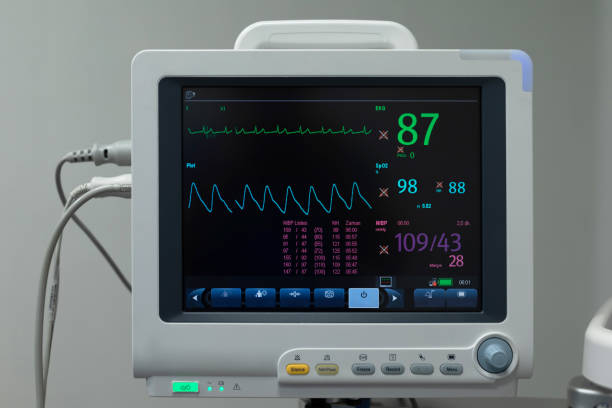
istockphoto 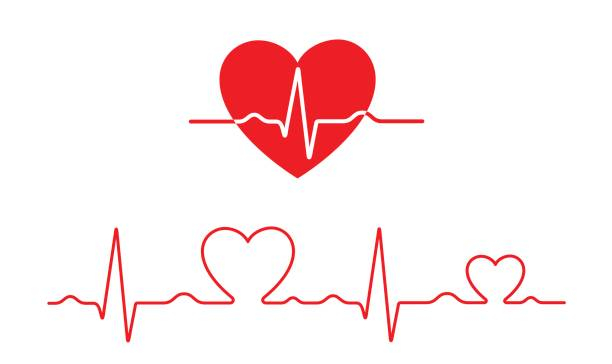
istockphoto -
The process of moving air into and out of the lungs to permit gas exchange with the internal environment, primarily to flush out carbon dioxide and bring in oxygen, is known as breathing (or ventilation). All vertebrates with lungs breathe by inhaling and exhaling repeatedly through a highly branched system of tubes or airways that connect the nose to the alveoli. The breathing rate, or number of respiratory cycles per minute, is one of the four major vital indicators of life. Normal breathing depth and rate are maintained automatically and subconsciously by multiple homeostatic systems that maintain constant partial pressures of carbon dioxide and oxygen in the arterial circulation.
Keeping the partial pressure of carbon dioxide in arterial blood constant throughout a wide range of physiological conditions contributes greatly to tight regulation of extracellular fluid pH. Over-breathing (hyperventilation) and under-breathing (hypoventilation), which decrease and raise the arterial partial pressure of carbon dioxide, respectively, cause the pH of ECF to rise in the first case and fall in the second. Both produce upsetting sensations.
When you require more oxygen than normal, your brain compensates. When you exercise or work hard, your brain instructs you to breathe faster and take in 15 to 20 times more air. If that still doesn't provide enough oxygen to your muscles, you may "run out of breath", forcing you to rest. At that time, you will continue to breathe heavily—every second or so—until your muscles are able to perform again.
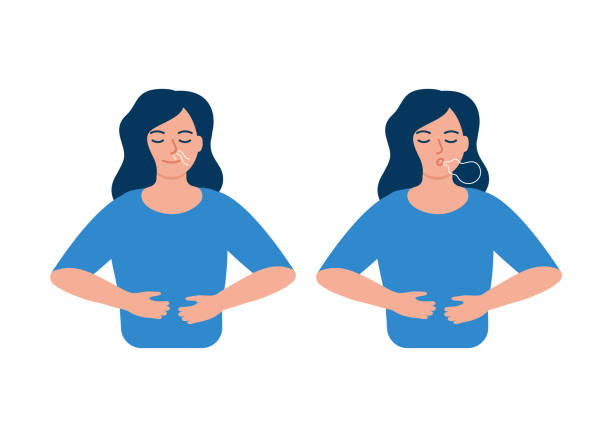
istockphoto 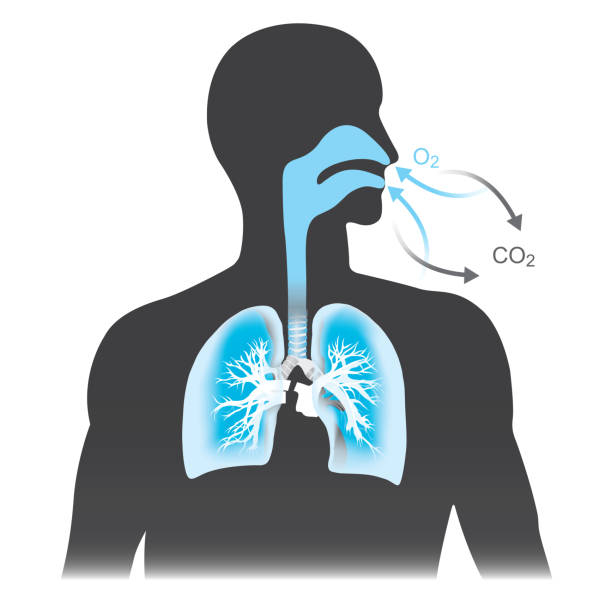
istockphoto -
A variety of elements combine to produce the human voice, whether singing, speaking, or shouting. It all starts with air. Air from your lungs flows down your trachea (also known as the windpipe) and vibrates your vocal chords, a small, two-part muscle found in your throat's larynx (also known as the voice box). The pitch of the note is determined by the distance between the vocal chords: if you close the gap between your vocal chords almost completely, the result is a high-pitched sound. When you open the space, a low-pitched sound is produced. And the volume of the note is determined by the pace with which you breathe. These sounds are formed into words by your lips and tongue.
A high-pitched sound is produced when the gap between your voice chords is almost completely closed. When you open the space, a low-pitched sound is produced. And the volume of the note is determined by the pace with which you breathe. These sounds are shaped into speech and other expressions by your lips and tongue.
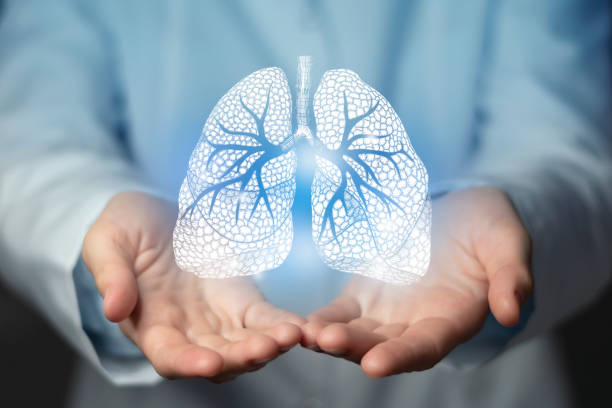
istockphoto 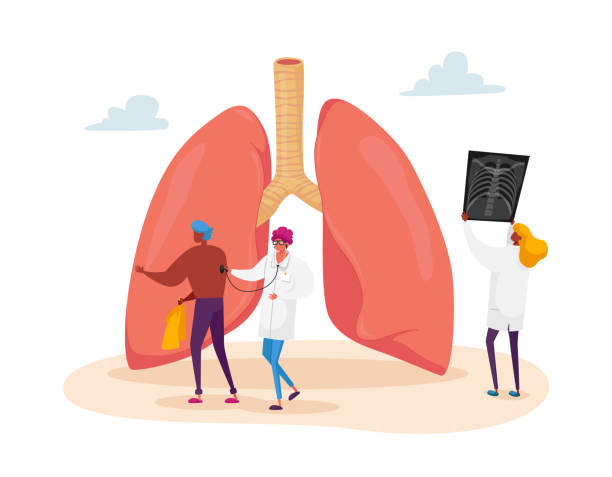
istockphoto -
Because inhaled air has around 20% oxygen and expelled air contains about 15% oxygen, each breath consumes roughly 5% of the volume of air and converts it to carbon dioxide. As a result, a human requires around 550 liters of pure oxygen (19 cubic feet) every day.
A person will breathe around 75 million gallons (284 million liters) of air over their lifetime. The human body requires 2 gallons (7.5 liters) of air per minute while laying down, 4 gallons (15 liters) while sitting, 6 gallons (23 liters) while walking, and 12 gallons (45 liters) or more while sprinting.
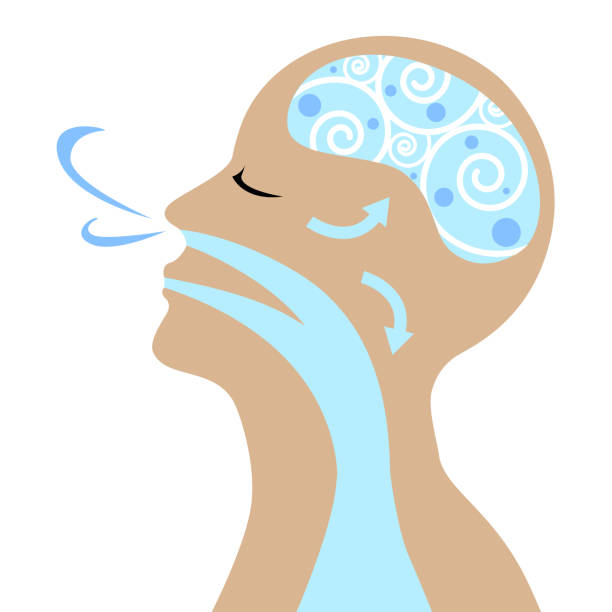
istockphoto 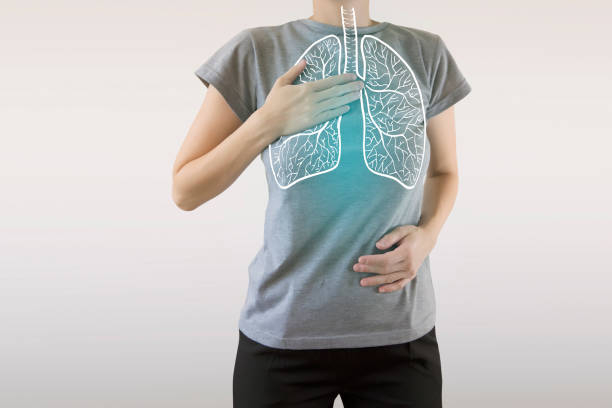
istockphoto -
Your skin is the biggest organ in your body and serves as a barrier between you and the outside world. It completely covers your body and has a surface area of approximately 21.5 square feet (2 square meters). Its thickness ranges from 0.02 inch (0.5 millimeter) on your eyelashes to 0.16 inch (4 millimeters) or more in "tougher" parts like your palms and soles. It accounts for around 16% of your overall body weight. Your skin protects your interior organs from infection and aids in temperature regulation.
Your skin is made up of three major layers. The epidermis, or outer layer, comprises skin cells, pigment, and proteins. The dermis, or middle layer, includes blood vessels, nerves, hair follicles, and oil glands, as well as providing nutrition to the epidermis. The subcutaneous layer, which lies under the dermis, includes sweat glands, some hair follicles, blood vessels, and fat. Each layer also has connective tissue, which contains collagen fibers for support and elastin fibers for flexibility and strength. Cells in your epidermis' innermost layer are continually dividing to create new cells, giving your skin with a protective topcoat that protects deeper cells from injury, infection, and dryness.
Cells on the surface of your epidermis flake off and are constantly replaced with new ones, so your body creates a new set of skin every 30 days. A human body loses roughly 600,000 skin particles every hour, or about 1.5 pounds (0.68 kilogram) each year. An average person will have lost 105 pounds (47.6 kilos) of skin by the age of 70.
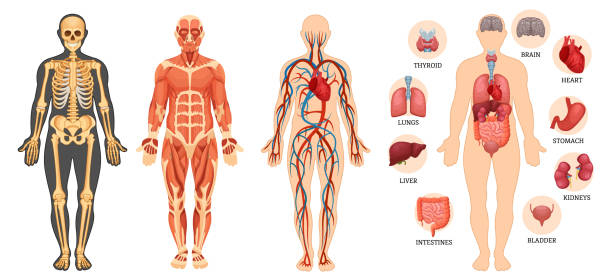
istockphoto 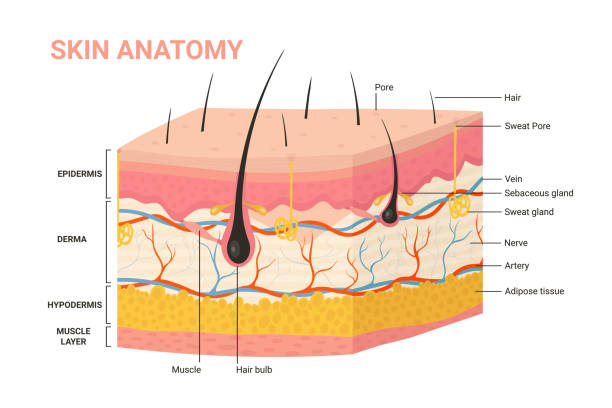
istockphoto -
Bruises are frequently accompanied with black and blue markings. A bruise, also known as a contusion, forms on the skin as a result of trauma. A cut or a blow to the body are examples of trauma. Capillaries, which are microscopic blood vessels, rupture as a result of the damage. A bruise occurs when blood becomes trapped under the skin's surface. Bruises may happen to anyone at any age. Some bruises emerge with little to no pain and may go unnoticed. While bruises are frequent, it's crucial to understand your treatment choices and whether your situation need immediate medical attention.
A bruise, as a sort of hematoma, is always caused by internal bleeding into the interstitial tissues that does not break through the skin and is frequently induced by blunt trauma that causes damage through physical compression and deceleration forces. Trauma severe enough to induce bruising can come from a variety of sources, including accidents, falls, and operations. Disease conditions such as low or dysfunctional platelets, other coagulation abnormalities, or vascular problems such as venous obstruction caused by severe allergies can result in purpura, which should not be mistaken with trauma-related bruising/contusion. If the damage is severe enough to tear the skin and enable blood to exit the interstitial tissues, the injury is bleeding, a type of hemorrhage. Bruising elsewhere may accompany such injuries.
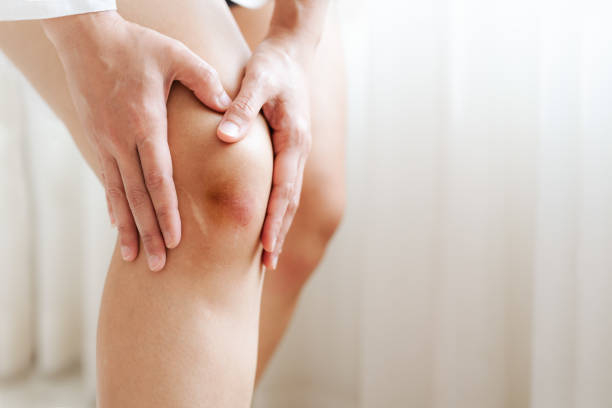
istockphoto 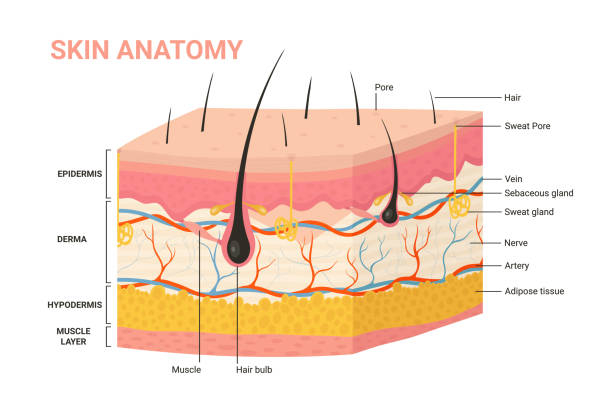
istockphoto -
Scabs are the hard crusts that grow over wounds on the skin as they heal. Scab development is a typical component of the wound healing process. When an injury occurs, the early steps of wound healing try to limit blood loss by forming blood clots. Many different types of molecules in the blood combine to generate these blood clots. Clots arise as a result of blood vessel leaking.
After the clots have sealed the blood arteries, the processes of tissue and skin regeneration begin. The blood clot over the site of damage transforms into a hard scab when the skin re-grows over the wound. Scab development is easily seen in small injuries caused by cuts and falls during daily activity. Tissue healing and scab development occur quickly in these mild lesions.
The scab is pushed out when fresh skin and tissue regenerate over the wound site. Eventually, the scab becomes loose enough to be plucked off or falls off on its own. Picking off a scab prematurely, on the other hand, might cause more bleeding if the underlying lesion hasn't healed entirely. This would cause a delay in wound healing and the creation of a new scab.
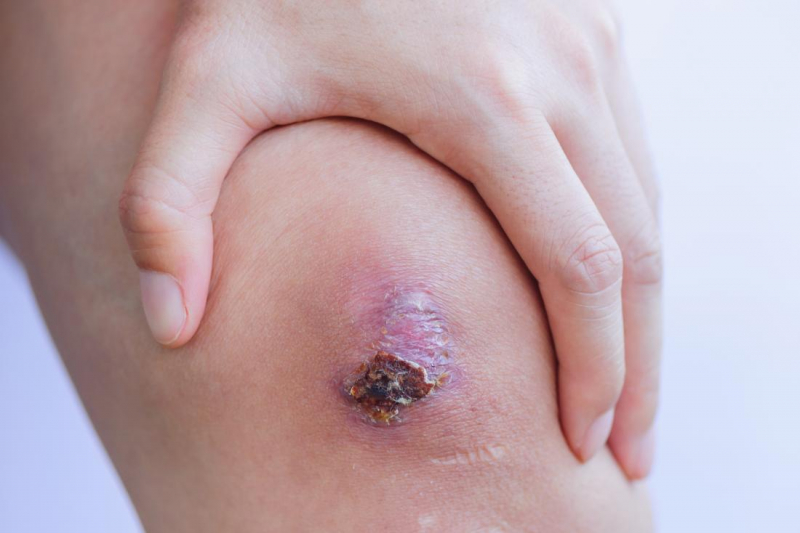
Medical News Today 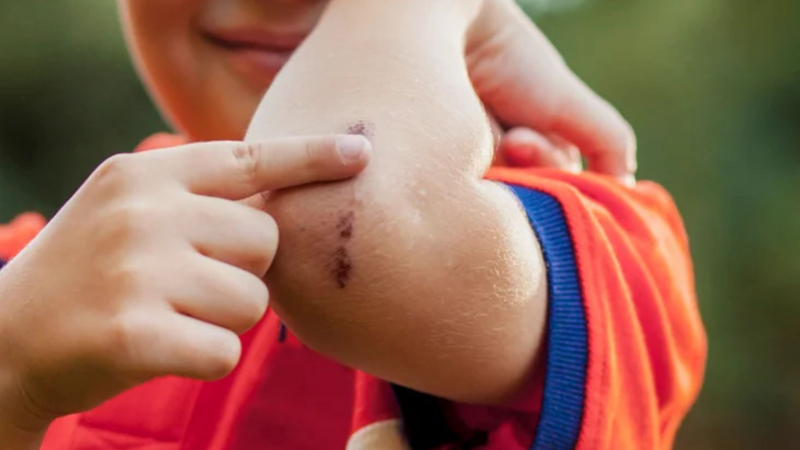
Healthline -
Pus is an exudate that forms at the site of inflammation during bacterial or fungal infection. It is often white-yellow, yellow, or yellow brown in color. An abscess is an accumulation of pus in an enclosed tissue area, whereas a pustule, pimple, or spot is a visible collection of pus inside or beneath the epidermis.
Pus is a thin, protein-rich fluid made up of dead leukocytes from the body's immunological reaction (mostly neutrophils). During an infection, macrophages produce cytokines, which cause neutrophils to chemotactically seek the site of infection. There, neutrophils release granules that kill the bacterium. To counteract the immunological reaction, the bacteria produce poisons known as leukocidins. As neutrophils die from poisons and old age, macrophages consume them, resulting in sticky pus. Pyogenic bacteria are those that produce pus.
Although pus is generally a whitish-yellow appearance, it can change color under specific conditions. Myeloperoxidase, a bright green antimicrobial protein generated by some kinds of white blood cells, causes pus to become green. Certain Pseudomonas aeruginosa infections produce green, foul-smelling pus. The greenish hue is due to the production of the bacterial pigment pyocyanin. Amoebic abscesses of the liver generate brownish pus, which is characterized as appearing like "anchovy paste". Pus from anaerobic illnesses can have a strong odor.
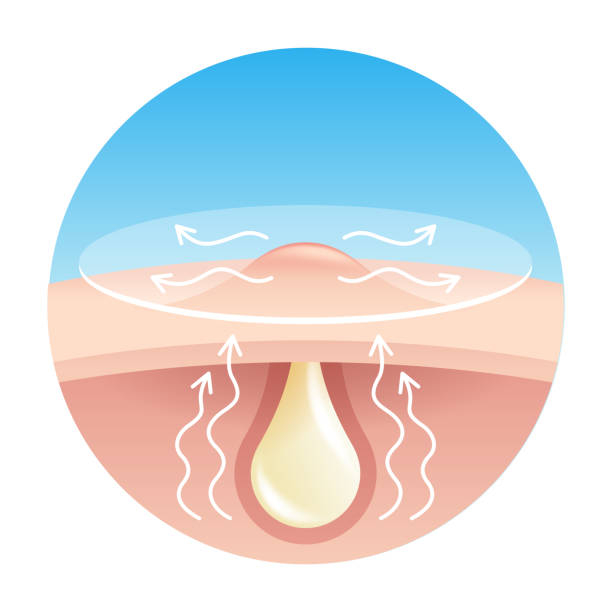
istockphoto 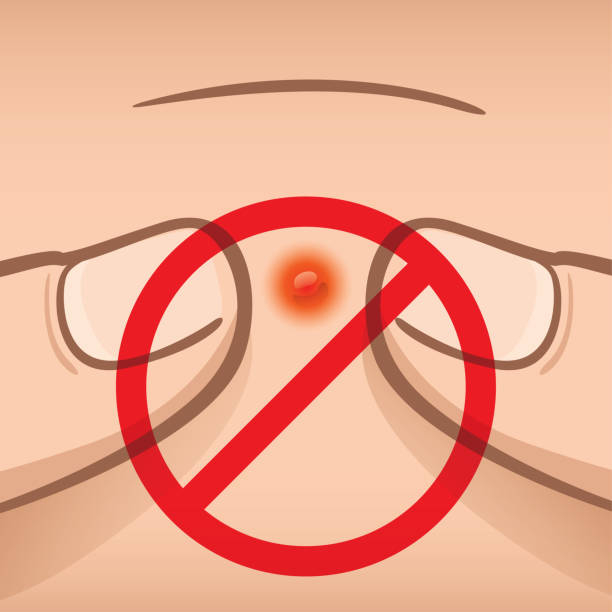
istockphoto -
The human mouth does not appear to be a particularly intriguing location. We grasp what teeth are and how they function, as well as gums and taste receptors. The tongue may appear to have little to hide, yet it actually stores a treasure mine of secrets. The world's physicians would love to get their hands on all of the germs out there so that they can properly comprehend them and save more lives, yet most of the bacteria found on the human tongue will not thrive in a Petri dish.
This has made comprehending and categorizing them difficult. This misunderstanding has shown to be a substantial impediment to treating gum illnesses such as periodontitis. Doctors have no straightforward means of treating this condition since there are so many different microorganisms involved and they know so little about them. Researchers just sequenced one bacterium found in the mouth using different DNA sections, which they believe will provide them more insight into how to treat oral disorders, but there are still many more germs to explore. Many of the bacteria in our mouth are currently unknown.
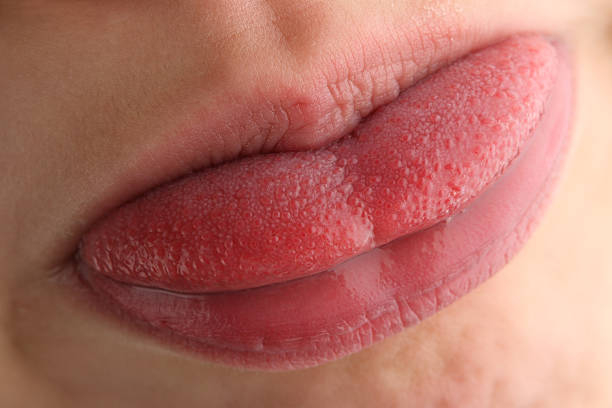
istockphoto 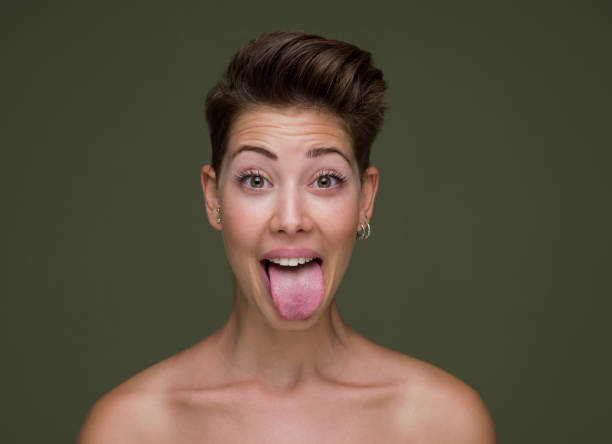
istockphoto -
Hearing is something most of us take for granted, which is reasonable. Unless we put them under severe strain, our ears normally function well and don't require any upkeep. However, not everyone is content to accept our ears for what they are. Sunil Puria, a Stanford researcher, observed that reptiles and birds only have two ear bones, but mammals have three, and no one knows why. Puria claims that we hear in a variety of ways. The first is apparent, with sound passing through our ears, but we also hear things when vibrations from our voice chords move through the bones in our skulls.
When you talk, you truly hear your own voice differently than everyone else. This explains why we dislike hearing our own voices reflected back to us. Puria's best idea explains why humans have a third ear bone by referring to a unique condition known as semicircular canal dehiscence. This condition can produce a reduction in tissue in the ear canal, causing patients to hear distracting sounds they wouldn't typically hear, such as their own heartbeat. Puria speculates that the third ear bone is intended to mitigate these impacts, but he feels that much more research is required.
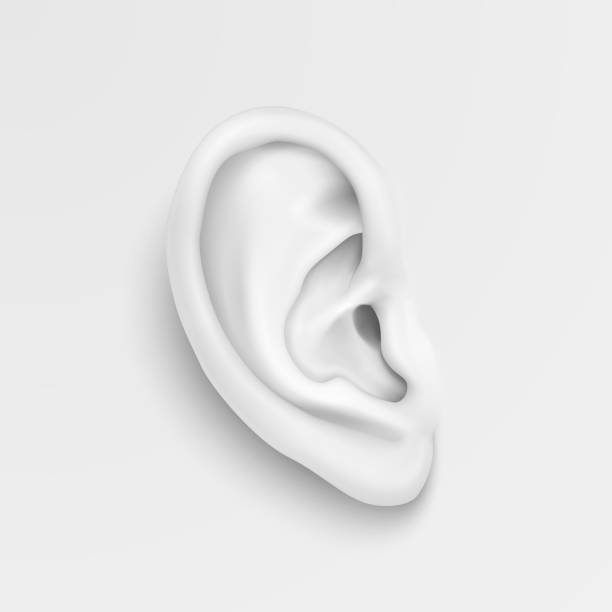
istockphoto 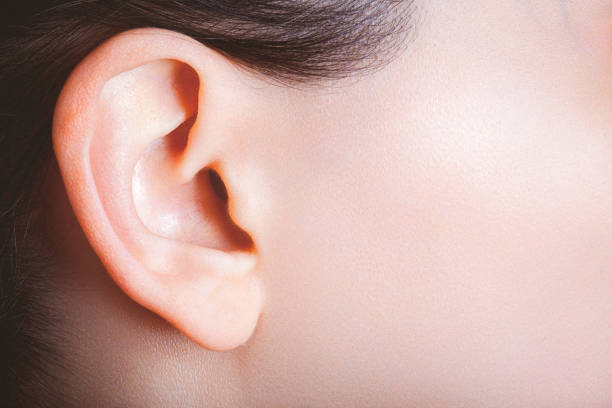
istockphoto


















